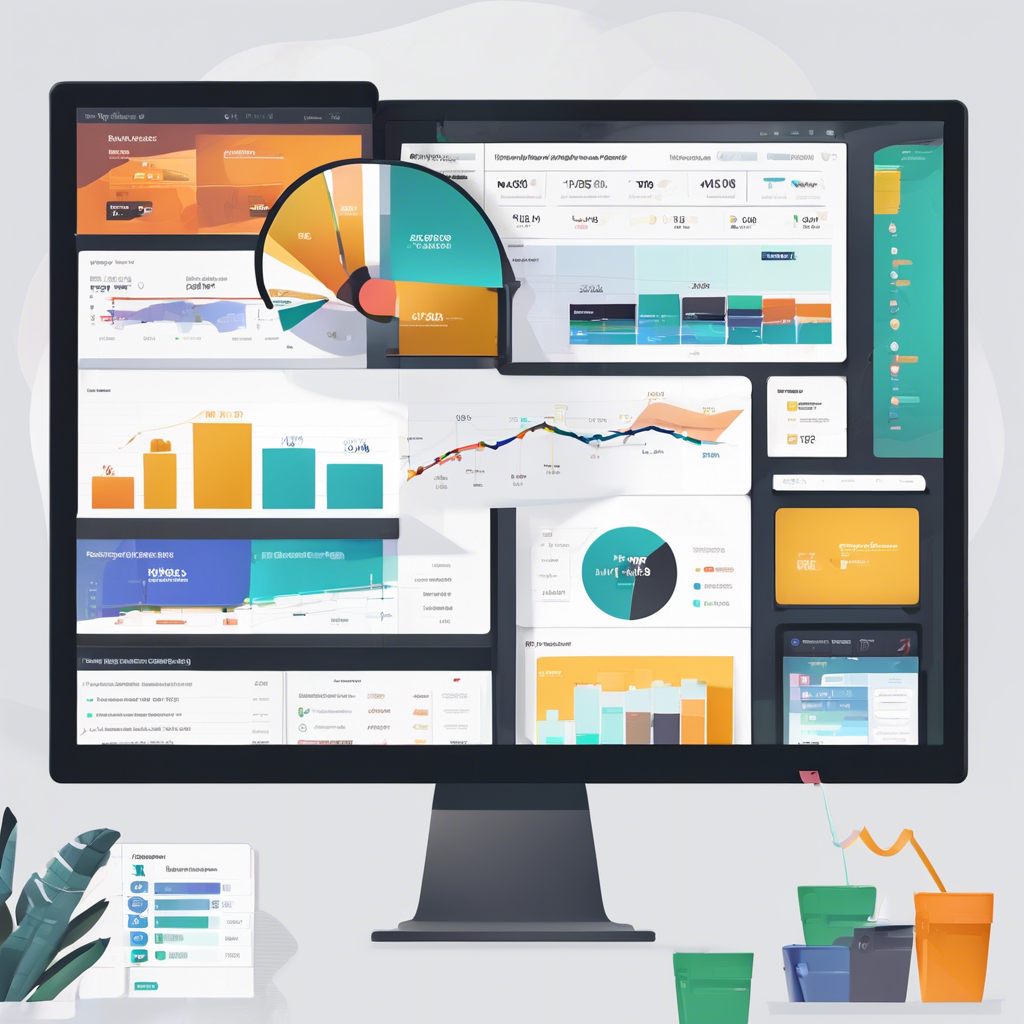Audience analysis tools are essential in today’s digital age, where understanding your target audience is crucial for successful marketing campaigns. These tools provide valuable insights into the demographics, interests, and behavior of your audience, allowing you to tailor your messaging and content to better resonate with them. By leveraging audience analysis tools, businesses can optimize their marketing strategies and improve their overall effectiveness.
One of the key benefits of audience analysis tools is the ability to segment your audience based on various criteria such as age, gender, location, interests, and online behavior. This segmentation allows you to create targeted marketing campaigns that are tailored to specific audience segments, increasing the relevance and impact of your messaging.
Furthermore, audience analysis tools can help you identify trends and patterns in your audience’s behavior, enabling you to anticipate their needs and preferences. By understanding what resonates with your audience, you can create content that is more engaging and compelling, leading to higher conversion rates and customer satisfaction.
In addition to segmentation and trend analysis, audience analysis tools also provide valuable data on audience engagement metrics such as click-through rates, bounce rates, and time spent on site. This data can help you measure the effectiveness of your marketing campaigns and make informed decisions on how to optimize them for better results.
Moreover, audience analysis tools can help you track the performance of your competitors and benchmark your own performance against industry standards. By monitoring competitor activity and industry trends, you can identify opportunities for growth and stay ahead of the competition.
Another important aspect of audience analysis tools is the ability to conduct sentiment analysis, which involves analyzing the emotions and attitudes expressed by your audience towards your brand or products. By understanding the sentiments of your audience, you can address any concerns or issues proactively and build stronger relationships with your customers.
Furthermore, audience analysis tools can provide insights into the channels and devices through which your audience interacts with your brand. This information is crucial for optimizing your marketing efforts across different platforms and ensuring a seamless user experience for your audience.
Additionally, audience analysis tools can help you identify influencers and brand advocates within your target audience who can help amplify your message and reach a wider audience. By leveraging the power of influencers, you can increase brand awareness and credibility among your target audience.
Moreover, audience analysis tools can help you track the effectiveness of your social media campaigns and identify opportunities for improvement. By analyzing social media metrics such as engagement rates, reach, and shares, you can refine your social media strategy for better results.
Another important use of audience analysis tools is in content personalization, where you can tailor your content to individual audience preferences based on their past interactions with your brand. Personalized content can enhance the user experience and increase customer loyalty and retention.
In conclusion, audience analysis tools play a crucial role in helping businesses understand their target audience and optimize their marketing strategies for better results. By leveraging these tools, businesses can gain valuable insights into their audience’s demographics, behaviors, and preferences, allowing them to create more targeted and effective marketing campaigns. In today’s competitive landscape, audience analysis tools are essential for staying ahead of the curve and engaging with your audience in a meaningful way.
